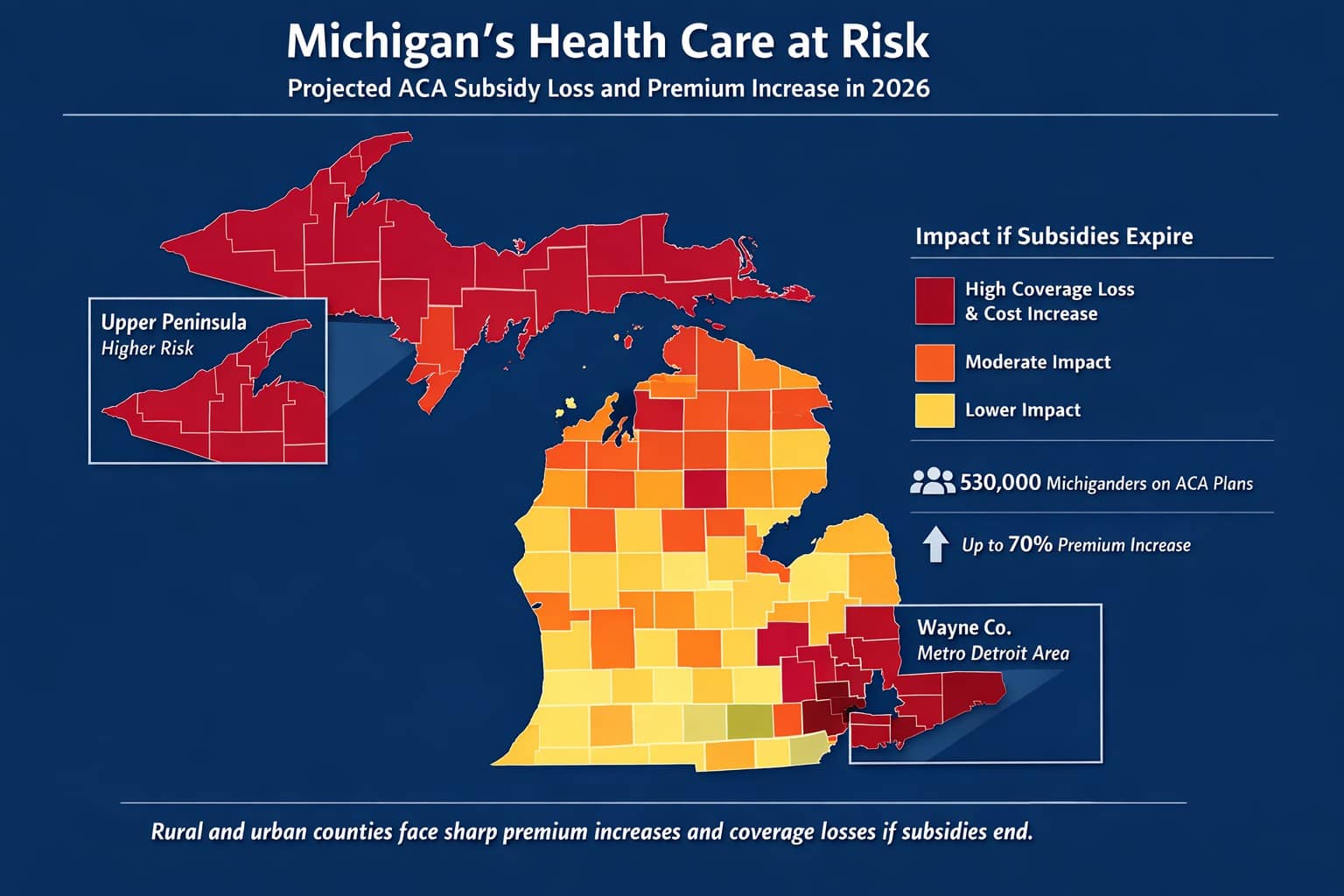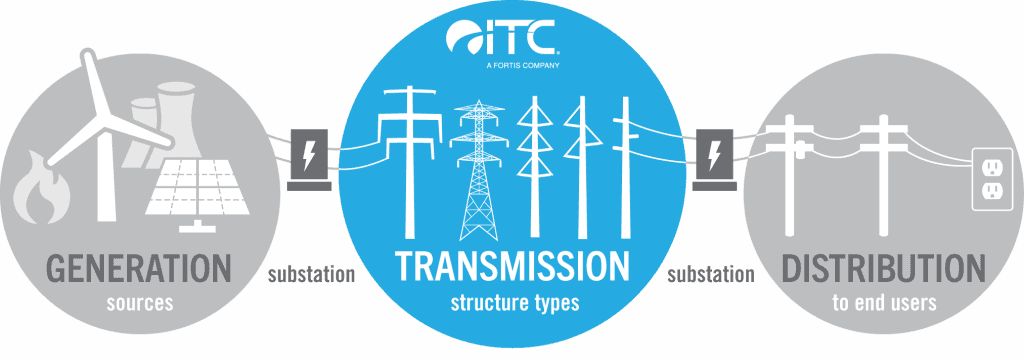NEW YORK – That if our lifespan could be extended beyond its natural limits? Recently, scientists have made a significant leap towards this very real possibility with the discovery and study of an important longevity gene.
This gene has shown promise in promoting cellular repair and reducing the effects of aging, generating excitement in the scientific community about new methods for extending healthy lives, not just longer lives.

As we learn more about the mechanisms behind this particular longevity gene, we may soon uncover new strategies that could revolutionize how we approach human aging and lifespan, ultimately changing the way we live.
Transference of longevity gene
This riveting revelation has been unfolded at the University of Rochester. The team consists of the extraordinary Vera Gorbunova, the Doris Johns Cherry Professor of Biology and Medicine, and the erudite Andrei Seluanov, a Professor of Biology.
Their decades of research devoted to understanding the mechanisms of aging and diseases have led to fascinating findings.
What’s with the naked mole rats? These remarkable critters are known for their long lifespans and resistance to age-related diseases.
These rodents can live up to 41 years, nearly a decade longer than rodents their size. Fascination for these extraordinary creatures led Rochester researchers to a dramatic discovery.
Imagine transferring the specific gene — the one responsible for these rodents’ enhanced cellular repair and protection — into mice? That’s precisely what these researchers did.
Power of HMW-HA
This specific gene is responsible for producing high molecular weight hyaluronic acid, or HMW-HA for short. When introduced to the mice, there was a significant improvement in health, and lifespans increased by an estimated 4.4%.
What does this HMW-HA do? HMW-HA is a mechanism that has an astonishing effect on aging and diseases.
Naked mole rats have ten times more HMW-HA compared to mice and humans. Now, when this was removed from the naked mole rat cells, the cells were more likely to form tumors.
The wonder doesn’t stop there. HMW-HA does more than just fend off cancer. These modified mice exhibited better protection against spontaneous tumors and chemically induced skin cancer.
There was also less inflammation — a common mark of aging — and maintained a healthier gut.
What does this mean for us, humans? This discovery has opened a Pandora’s box of possibilities in improving lifespan and health at the same time by reducing inflammation-related diseases in us. It may not be long before we see the effects of HMW-HA benefiting human longevity and health.
Implications for future research
These findings from the University of Rochester lay a crucial foundation for further exploration into the realm of longevity and age-related diseases.
Future research will undoubtedly focus on understanding the precise mechanisms by which HMW-HA operates at the cellular level.
Investigating its roles not only in aging but also in various health conditions could potentially unlock new therapeutic avenues.
Moreover, the quest to determine whether similar genes could exert protective effects in humans signifies an exciting frontier that combines molecular biology, genetics, and medicine.
Thus, the ripple effects of this research extend well beyond laboratory settings, shaping potentially life-altering interventions for aging populations.
Read more at MSN






